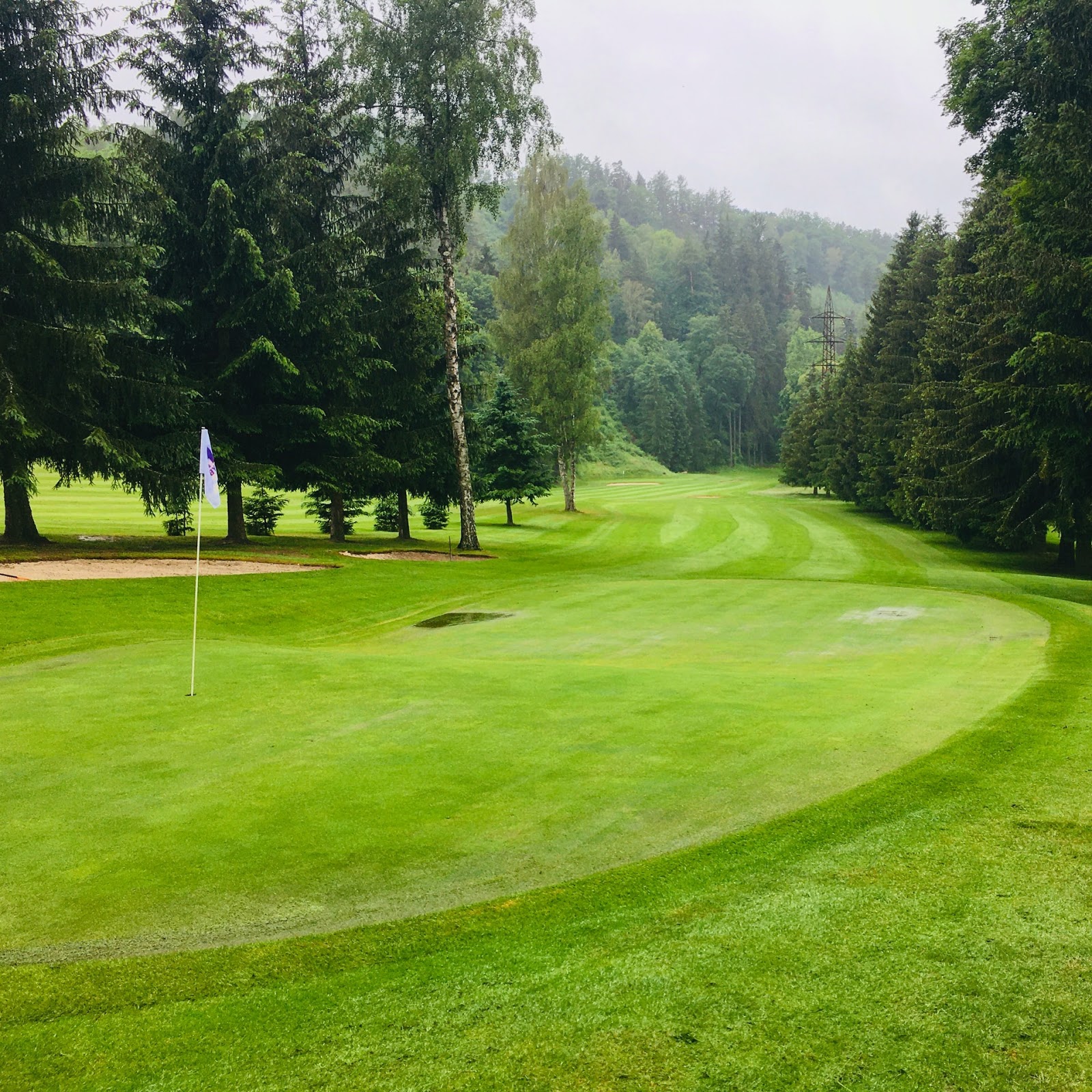Start Before You Get to the Green
You can start reading the green of a particular hole well before you actually get to the green. As you walk or drive your cart to the green, pay attention to the direction of any slopes and the lay of the land. This will prep you for the putt.
Watch for Color Changes in the Grass
Take a look at the grass on the green and note any areas that appear to be a different shade of green. A change in the way the color of the grass looks probably means a change in the grain direction. If the grain of the grass is laying in the same direction that you’re putting, it will move your ball especially fast and will look light green and somewhat shiny. If the grain is laying the opposite way to the direction of your putt, the ball will meet resistance and go slower, and the grass will look darker and more matte.
Get as Low as You Can
Once you’re at the green, get low to the green in order to see its angles better. Crouching down close to the ground allows you to see things from the ball’s perspective a bit more, so it is more obvious which angles, slopes, and bumps are likely to cause you problems.
Practice the Clock Face Drill
A great way to get used to reading the green is to add the clock face drill to your regular practice. Pick a hole with a slope to it and place four balls around it at the 3:00, 6:00, 9:00 and 12:00 o’ clock positions, then putt each ball and pay close attention to the different ways the balls act from different points on the slope. This drill helps you learn how to look at the slope of a green and know how your ball is going to behave and gets you in the practice of putting accordingly.
For a wide selection of affordable used golf balls from the most popular brands, check out our Golf Ball Shop.













Add comment
You must be logged in to post a comment.